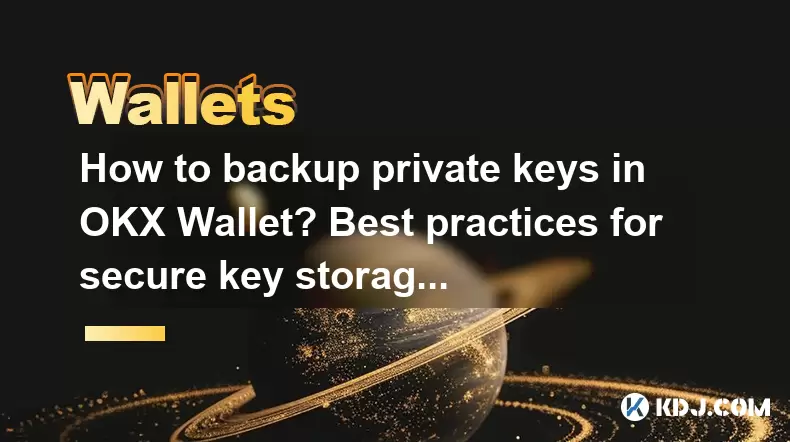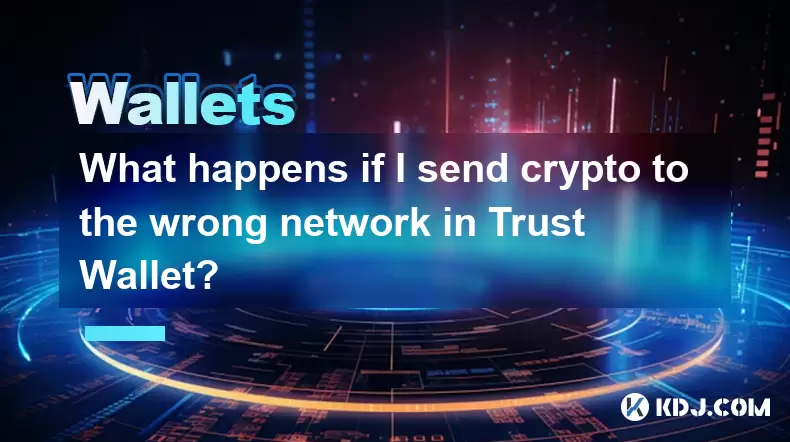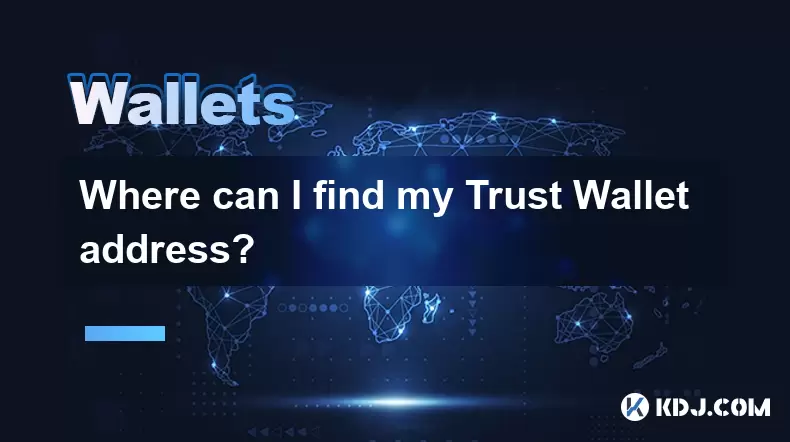-
 Bitcoin
Bitcoin $113900
-1.39% -
 Ethereum
Ethereum $3517
-4.15% -
 XRP
XRP $3.009
1.59% -
 Tether USDt
Tether USDt $0.9997
-0.04% -
 BNB
BNB $766.8
-1.41% -
 Solana
Solana $164.6
-2.38% -
 USDC
USDC $0.9998
-0.02% -
 TRON
TRON $0.3277
0.65% -
 Dogecoin
Dogecoin $0.2023
-1.67% -
 Cardano
Cardano $0.7246
0.05% -
 Hyperliquid
Hyperliquid $38.27
-4.77% -
 Sui
Sui $3.528
-0.52% -
 Stellar
Stellar $0.3890
-0.73% -
 Chainlink
Chainlink $16.16
-2.69% -
 Bitcoin Cash
Bitcoin Cash $539.9
-4.38% -
 Hedera
Hedera $0.2425
-2.00% -
 Avalanche
Avalanche $21.71
-0.97% -
 Toncoin
Toncoin $3.662
5.73% -
 Ethena USDe
Ethena USDe $1.000
-0.02% -
 UNUS SED LEO
UNUS SED LEO $8.964
0.35% -
 Litecoin
Litecoin $107.7
2.33% -
 Shiba Inu
Shiba Inu $0.00001223
-0.40% -
 Polkadot
Polkadot $3.617
-0.97% -
 Uniswap
Uniswap $9.052
-2.49% -
 Monero
Monero $295.1
-3.79% -
 Dai
Dai $0.9999
0.00% -
 Bitget Token
Bitget Token $4.315
-1.85% -
 Pepe
Pepe $0.00001060
0.11% -
 Cronos
Cronos $0.1342
-2.72% -
 Aave
Aave $256.0
-0.87%
How to backup private keys in OKX Wallet? Best practices for secure key storage
Back up your private keys in OKX Wallet by navigating to settings, selecting the backup option, and securely storing the mnemonic phrase or QR code.
May 18, 2025 at 04:42 pm

Securing your private keys is paramount when dealing with cryptocurrencies, as they are the gateway to your digital assets. OKX Wallet, a popular choice among crypto enthusiasts, offers robust features for managing your private keys. This article will guide you through the process of backing up your private keys in OKX Wallet and discuss best practices for secure key storage.
Understanding Private Keys in OKX Wallet
Before diving into the backup process, it's essential to understand what private keys are and their significance in OKX Wallet. Private keys are cryptographic codes that allow you to access and manage your cryptocurrencies. In OKX Wallet, these keys are used to sign transactions and prove ownership of your digital assets. Losing access to your private keys means losing access to your funds, making it crucial to back them up securely.
Steps to Backup Private Keys in OKX Wallet
Backing up your private keys in OKX Wallet involves a few straightforward steps. Here's how you can do it:
- Open OKX Wallet: Launch the OKX Wallet application on your device.
- Access Wallet Settings: Navigate to the settings menu within the wallet. This is usually represented by a gear icon or a similar symbol.
- Select Backup Option: Look for an option labeled "Backup Wallet" or "Export Private Key." Click on this to proceed.
- Enter Security Details: You will be prompted to enter your wallet password or use biometric authentication to confirm your identity.
- Choose Backup Method: OKX Wallet may offer multiple methods for backing up your keys, such as a mnemonic phrase or a QR code. Choose the method that suits you best.
- Save the Backup: If you choose a mnemonic phrase, write it down on a piece of paper and store it in a secure location. If you opt for a QR code, save it to a secure device or print it out.
- Confirm Backup: The wallet may ask you to confirm the backup by re-entering the mnemonic phrase or scanning the QR code. Follow the on-screen instructions to complete the process.
Best Practices for Secure Key Storage
Once you have backed up your private keys, it's crucial to store them securely. Here are some best practices to ensure the safety of your keys:
- Use Physical Storage: Store your backup on physical media, such as paper or a hardware wallet. Avoid digital storage whenever possible to minimize the risk of hacking.
- Keep Multiple Copies: Create multiple copies of your backup and store them in different secure locations. This can help you recover your keys if one copy is lost or damaged.
- Encrypt Digital Backups: If you must store your backup digitally, encrypt it with strong encryption software. Use a secure password and store the password separately from the encrypted file.
- Avoid Online Storage: Never store your private keys or backups on cloud services or online storage platforms, as these can be vulnerable to hacking.
- Regularly Check Backups: Periodically verify that your backups are still accessible and have not been tampered with. This ensures you can recover your keys if needed.
Additional Security Measures
Beyond backing up and securely storing your private keys, there are additional measures you can take to enhance the security of your OKX Wallet:
- Enable Two-Factor Authentication (2FA): Activate 2FA on your OKX Wallet to add an extra layer of security. This requires a secondary verification method, such as a text message or an authentication app, to access your wallet.
- Use a Hardware Wallet: Consider using a hardware wallet in conjunction with OKX Wallet. Hardware wallets store your private keys offline, making them highly secure against online threats.
- Regularly Update Software: Keep your OKX Wallet and any associated software up to date. Updates often include security patches that protect against new vulnerabilities.
- Be Wary of Phishing: Always verify the authenticity of any communication purporting to be from OKX Wallet. Phishing attempts can trick you into revealing your private keys or other sensitive information.
Common Mistakes to Avoid
When managing your private keys, it's important to be aware of common pitfalls that can compromise your security. Here are some mistakes to avoid:
- Sharing Keys: Never share your private keys with anyone, including customer support or friends. Your keys are meant to be private and should remain so.
- Storing Keys Digitally: As mentioned earlier, avoid storing your keys on digital devices unless they are encrypted and stored offline. Digital storage increases the risk of unauthorized access.
- Neglecting Backups: Failing to create and maintain backups of your private keys can lead to permanent loss of your funds if your primary storage method fails.
- Using Weak Passwords: Use strong, unique passwords for your OKX Wallet and any associated accounts. Weak passwords can be easily cracked, putting your keys at risk.
Frequently Asked Questions
Q: Can I recover my private keys if I lose them?
A: If you have created and securely stored backups of your private keys, you can recover them using those backups. However, if you have not backed up your keys and lose them, there is no way to recover them, and you will lose access to your funds.
Q: Is it safe to use OKX Wallet on multiple devices?
A: Using OKX Wallet on multiple devices can be safe if you follow best practices for securing your private keys. Ensure that each device is secure, and consider using a hardware wallet for added protection.
Q: How often should I back up my private keys?
A: It's a good practice to back up your private keys whenever you create a new wallet or make significant changes to your existing wallet. Additionally, periodically verifying your backups ensures they remain accessible and secure.
Q: Can I use the same private key for multiple wallets?
A: While it is technically possible to use the same private key for multiple wallets, it is not recommended. Using different keys for different wallets enhances security and reduces the risk of losing access to all your funds if one key is compromised.
Disclaimer:info@kdj.com
The information provided is not trading advice. kdj.com does not assume any responsibility for any investments made based on the information provided in this article. Cryptocurrencies are highly volatile and it is highly recommended that you invest with caution after thorough research!
If you believe that the content used on this website infringes your copyright, please contact us immediately (info@kdj.com) and we will delete it promptly.
- Bitcoin Strategy: Saylor's Not Hoarding, He's Building an Empire
- 2025-08-02 22:30:12
- Bitcoin Bloodbath: Macro Pressures and Liquidations Unleash Crypto Chaos
- 2025-08-02 22:30:12
- Worldcoin, Identity, WLD Price: Decoding the NYC Crypto Buzz
- 2025-08-02 21:10:12
- Shiba Inu: Utility and Community Strength Drive Crypto's Evolution
- 2025-08-02 21:50:12
- Crypto Donations, Trump PAC, and Bitcoin: A New York Minute on Political Coin
- 2025-08-02 20:30:12
- Crypto Market Under Pressure: Bearish Momentum and Rising Volatility Take Hold
- 2025-08-02 20:30:12
Related knowledge

What is a watch-only wallet in Trust Wallet?
Aug 02,2025 at 03:36am
Understanding the Concept of a Watch-Only WalletA watch-only wallet in Trust Wallet allows users to monitor a cryptocurrency address without having ac...

How to switch between networks in Trust Wallet?
Aug 02,2025 at 12:36pm
Understanding Network Switching in Trust WalletSwitching between networks in Trust Wallet allows users to manage assets across different blockchains s...

How to check my full transaction history on Trust Wallet?
Aug 02,2025 at 09:24am
Understanding Transaction History in Trust WalletTrust Wallet is a widely used non-custodial cryptocurrency wallet that supports a broad range of bloc...

Why is my Trust Wallet balance zero?
Aug 02,2025 at 03:49am
Understanding Trust Wallet Balance Display IssuesIf you're seeing a zero balance in your Trust Wallet despite knowing you've previously received or se...

What happens if I send crypto to the wrong network in Trust Wallet?
Aug 02,2025 at 07:22pm
Understanding Network Compatibility in Trust WalletWhen using Trust Wallet, it's essential to understand that different cryptocurrencies operate on di...

Where can I find my Trust Wallet address?
Aug 02,2025 at 06:07pm
Understanding Your Trust Wallet AddressYour Trust Wallet address is a unique identifier that allows others to send you cryptocurrency. It is a string ...

What is a watch-only wallet in Trust Wallet?
Aug 02,2025 at 03:36am
Understanding the Concept of a Watch-Only WalletA watch-only wallet in Trust Wallet allows users to monitor a cryptocurrency address without having ac...

How to switch between networks in Trust Wallet?
Aug 02,2025 at 12:36pm
Understanding Network Switching in Trust WalletSwitching between networks in Trust Wallet allows users to manage assets across different blockchains s...

How to check my full transaction history on Trust Wallet?
Aug 02,2025 at 09:24am
Understanding Transaction History in Trust WalletTrust Wallet is a widely used non-custodial cryptocurrency wallet that supports a broad range of bloc...

Why is my Trust Wallet balance zero?
Aug 02,2025 at 03:49am
Understanding Trust Wallet Balance Display IssuesIf you're seeing a zero balance in your Trust Wallet despite knowing you've previously received or se...

What happens if I send crypto to the wrong network in Trust Wallet?
Aug 02,2025 at 07:22pm
Understanding Network Compatibility in Trust WalletWhen using Trust Wallet, it's essential to understand that different cryptocurrencies operate on di...

Where can I find my Trust Wallet address?
Aug 02,2025 at 06:07pm
Understanding Your Trust Wallet AddressYour Trust Wallet address is a unique identifier that allows others to send you cryptocurrency. It is a string ...
See all articles

























































































